Art History Pop Art Motifs That Still Influence Modern Design PIXEL77

Pop_Art_Inspiration_by_Jafet Pop art, Art inspiration, Art
The electronic music, cyberart, and writing of Dylan Tauber, inspired by dolphins. Step into the Realm of Cyber Artistry & Creativity with Award Winning Dylan Tauber!

pop art Google Search Pop art painting, Pop art images, Pop art lips
Pop Art emerged as an art movement during the 1950s in America and Britain and peaked in the 1960s. The movement was inspired by popular and commercial culture in the western world and began as a rebellion against traditional forms of art.
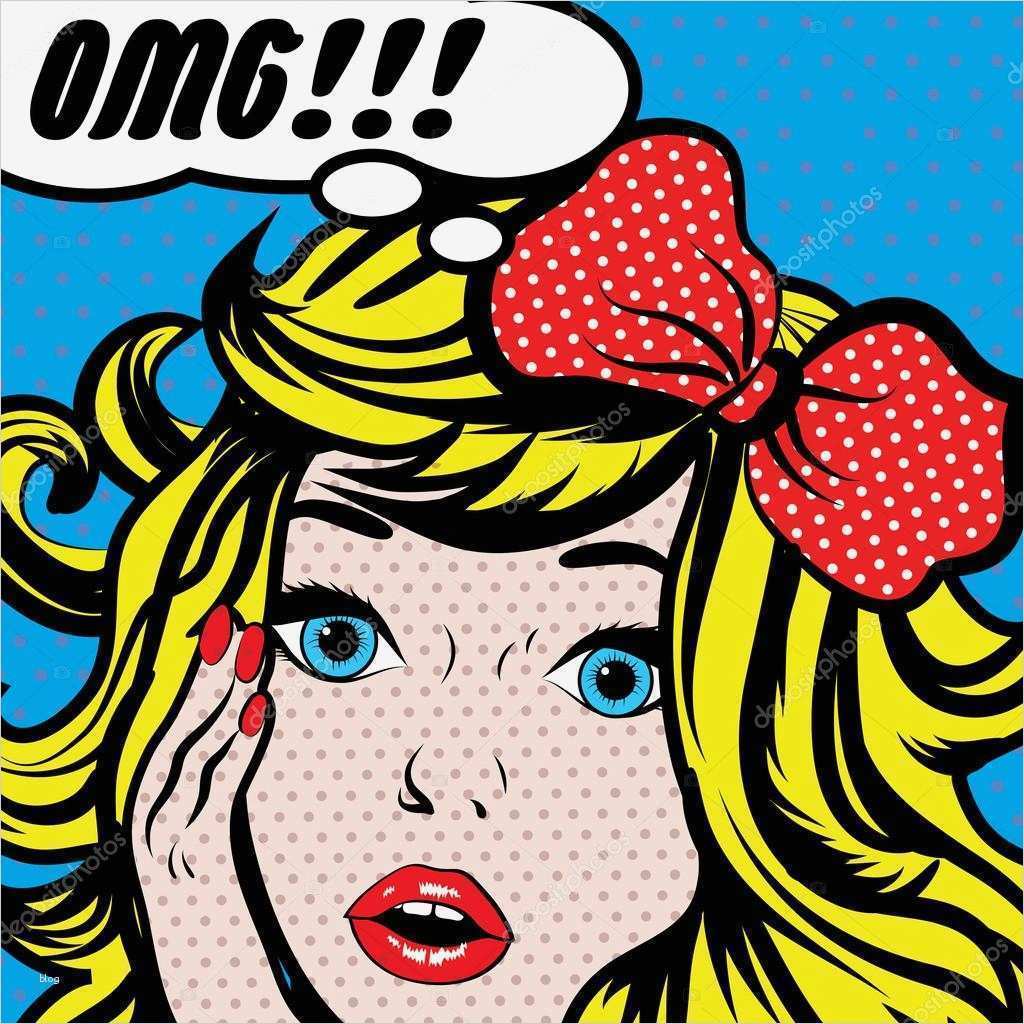
Pop Art Bilder Vorlagen Schön Pop Art Woman Omg Sign — Stock Vector © Gal Amar Vorlage Ideen
The Pop Art Movement is an art movement first established in the United Kingdom and the United States during the 1950s. It was a motion in the direction of postmodernism and rejuvenating the field of art. Artists developed the pop art movement to challenge the contemporary forms of culture and hierarchy that encompassed fine art.

Pop Art nahtlose Muster 453003 Vektor Kunst bei Vecteezy
What is Pop Art? The Art Movement Explained Key dates: 1955-1965 Key regions: Britain and the USA Key words: Popular culture, mass media, consumerism Key artists: Andy Warhol, Roy Lochtenstein, Robert Rauschenberg, Claes Oldenburg, Richard Hamilton, David Hockney David Hockney, We Always See With Memory. Origins of Pop Art

Colorful Bright Trendy Pop Art Seamless Vector Pattern Background For Textile And Fabric Stock
1. Everyday Imagery. Pop art artists used everyday imagery. With a focus on consumerism, items found on grocery store shelves, and household appliances, were all part of pop art. Photos from newspapers, magazines and illustrations were utilized in Pop art. Brands and logos were also incorporated. Youthful pop culture found its way into imagery.
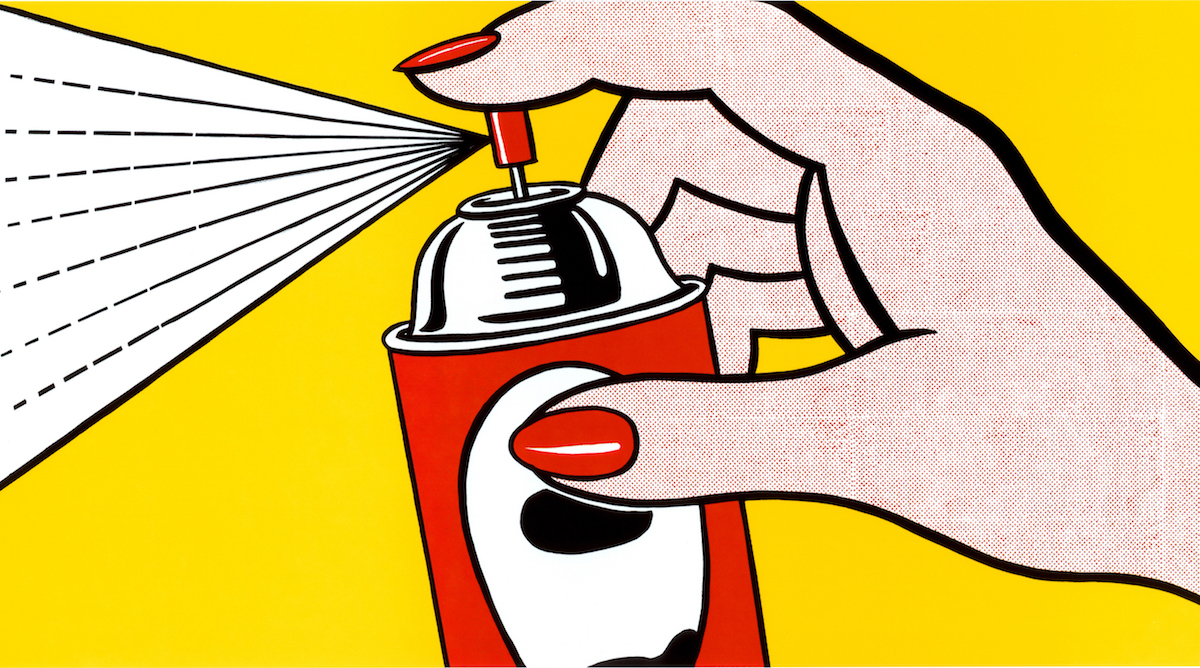
PopartKunstwerke vom eigenen Foto
Pop art is a movement that emerged in the mid-20th century in which artists incorporated commonplace objects—comic strips, soup cans, newspapers, and more—into their work. The Pop art movement aimed to solidify the idea that art can draw from any source, and there is no hierarchy of culture to disrupt this. A Brief History of Pop Art

Pop Art / Kunst Auf Leinwand Pop Art Gesicht Tenstickers / The style emphasizes the manipulation
Pop Art is: Popular (designed for a mass audience), Transient (short-term solution), Expendable (easily forgotten), Low cost, Mass produced, Young (aimed at youth), Witty, Sexy, Gimmicky, Glamorous, Big business. Pop art is an art movement that emerged in the 1950s and flourished in the 1960s, taking inspiration from sources in popular and.
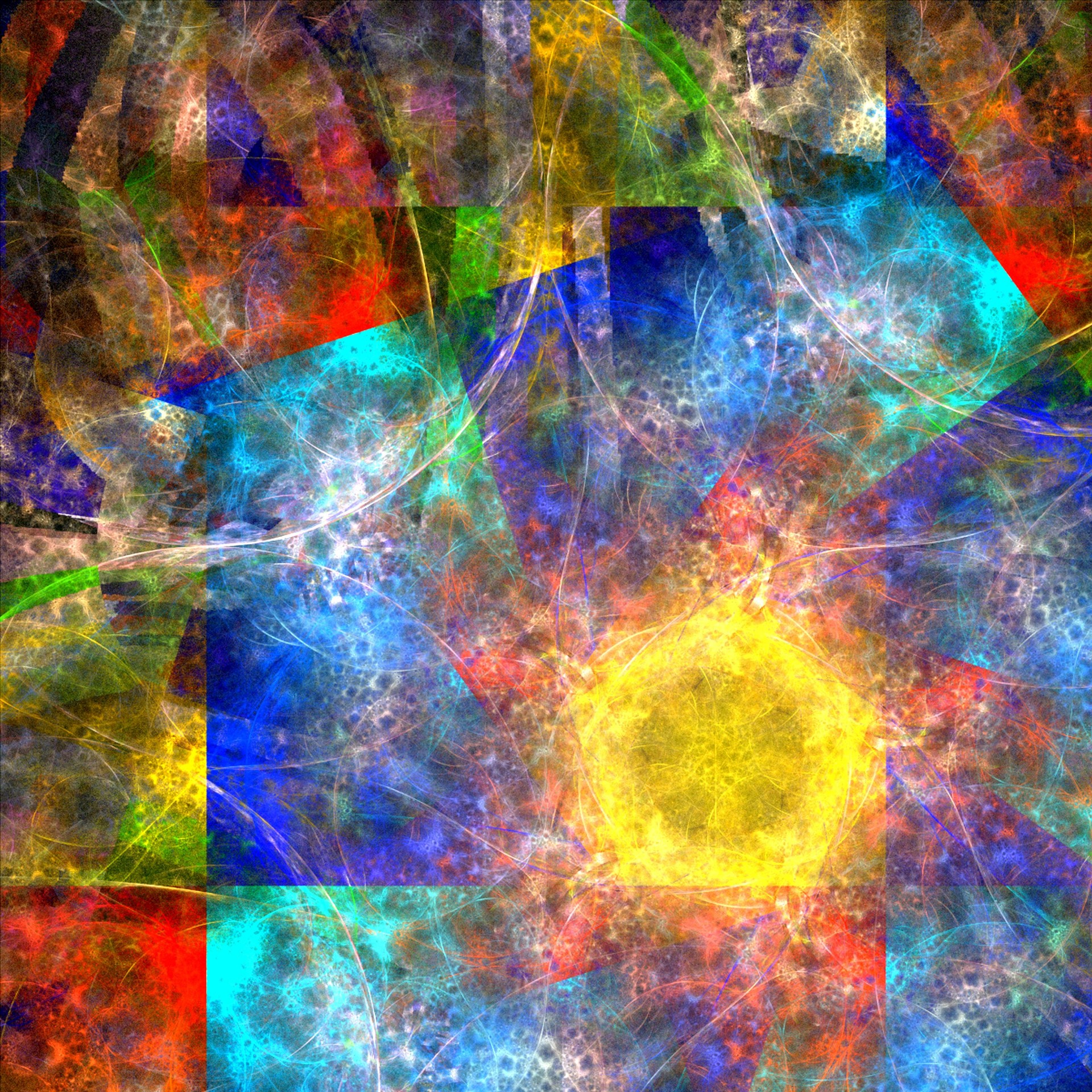
Pop Art Drawing Free Stock Photo Public Domain Pictures
Pop Art artists drew their inspiration from advertising, billboards, movies, television, comic strips and popular culture. Using bold, simple, everyday images and vibrant blocks of color, they were able to bridge the gap between commercial and fine arts. Pop Art is both a celebration and a critique of popular culture. 2.

Post Modern Art Pop Art
Pop art is a lively, colorful, and stimulating art trend that began in the United Kingdom and the United States in the 1950s. Pop Art was revolutionary and disturbing when it first appeared, in stark contrast to the abstract expressionism style that came before it. THE IMPORTANCE OF ART Pop Art Facts

1000+ images about Art & Design 》 Pop Art on Pinterest
Shocked Withdrawal or Cool Acceptance? The works of Abstract Expressionist artists are typically highly emotive. In contrast, Pop Art paintings and collages tend to be more removed and distant. Although Pop artworks often explore diverse cultural attitudes and integral parts of social life, they do so in a cool and relatively unemotional way.

Pop Art title page Yr8 Pop art drawing, Pop art, Art lessons
Pop art is an art movement that emerged in the 1950s and flourished in the 1960s in America and Britain, drawing inspiration from sources in popular and commercial culture. Different cultures and countries contributed to the movement during the 1960s and 70s. Beginnings of Pop Art - Early 1950s

Pin on Bouche
Pop Art Definition Let's define Pop Art For most of its history, art has been taken "seriously." The works themselves and their reception are often intended to be meaningful and thoughtful endeavors. For many, art is a chance to explore our world, the nature of ourselves, and what it all means.
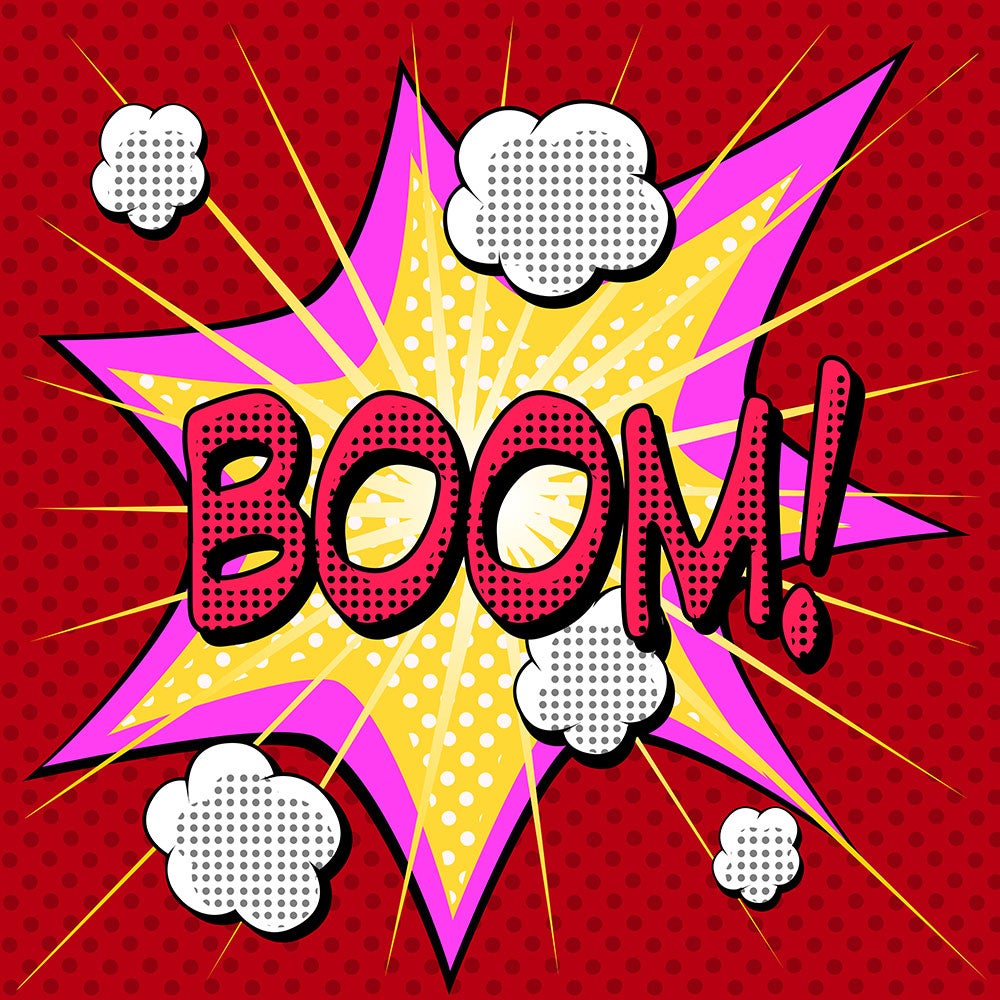
Fototapete Pop Art Boom Jetzt einfach online bestellen!
1 of 7 Summary of Pop Art Pop Art's refreshing reintroduction of identifiable imagery, drawn from media and popular culture, was a major shift for the direction of modernism.
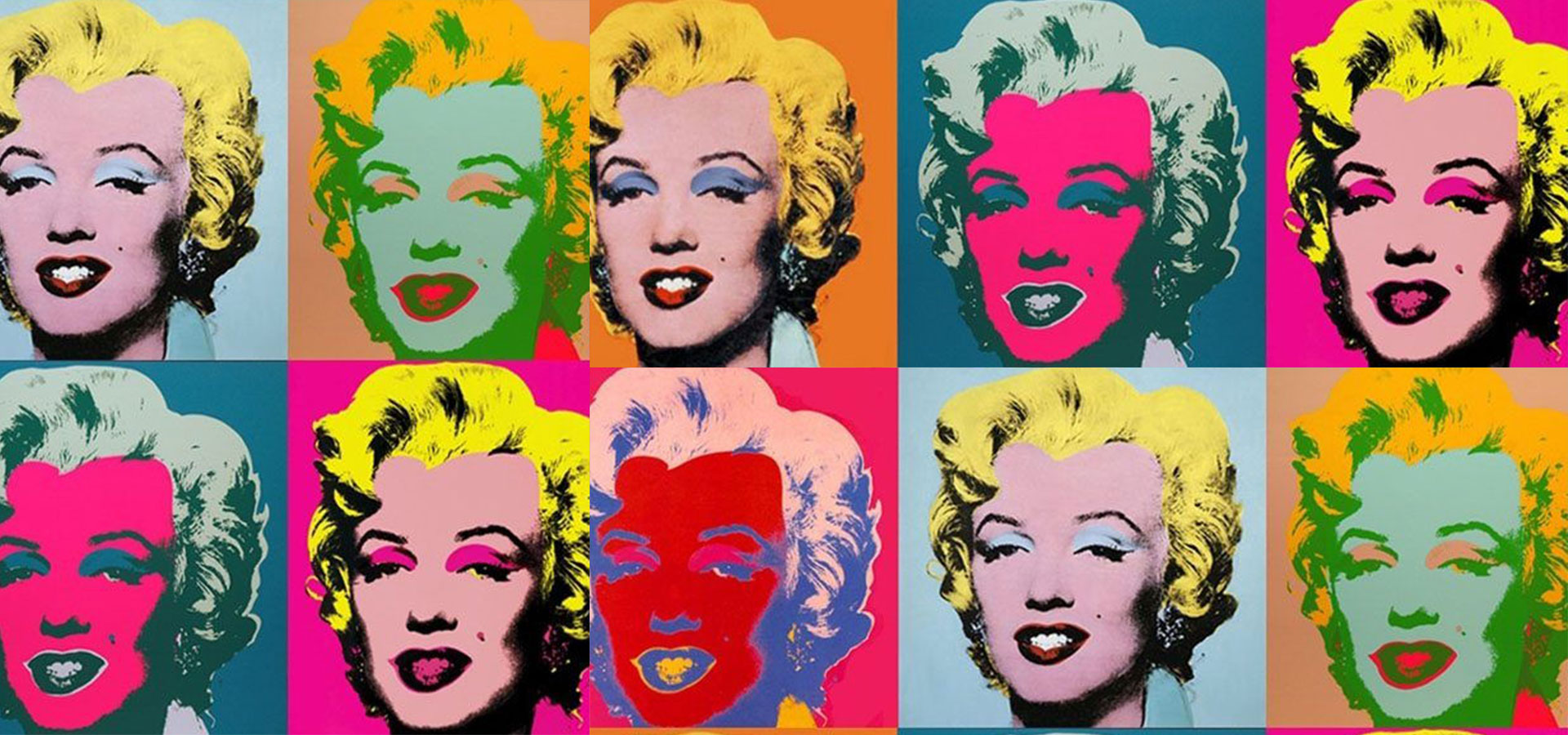
Qué es el Pop Art El movimiento que irrumpió para siempre Fahrenheit Magazine
Pop art is an art movement that emerged in the 1950s and flourished in the 1960s in America and Britain, drawing inspiration from sources in popular and commercial culture. Different cultures and countries contributed to the movement during the 1960s and 70s Roy Lichtenstein Whaam! (1963) Tate © Estate of Roy Lichtenstein

I will draw a retro pop art Roy Lichtenstein style for 10 SEOClerks
Characteristics and Style of Pop Art. Roy Lichtenstein, Still Life With Head in Landscape , 1976. Sold at Sotheby's New York for $10.5 million in May 2018. In 1957, Richard Hamilton described the style, writing: "Pop art is: popular, transient, expendable, low-cost, mass-produced, young, witty, sexy, gimmicky, glamorous and big business.".

Εικόνες Pop art Попарт постеры, Попарт комиксы, Иллюстрации
In his day, Warhol was critically lauded and condemned in equal measure, with many detractors stressing his ulterior motive to cement his celebrity status among the New York art scene. Warhol's studio, The Factory, contributed to this fame and notoriety, as a setting for some of the city's most extravagant parties.